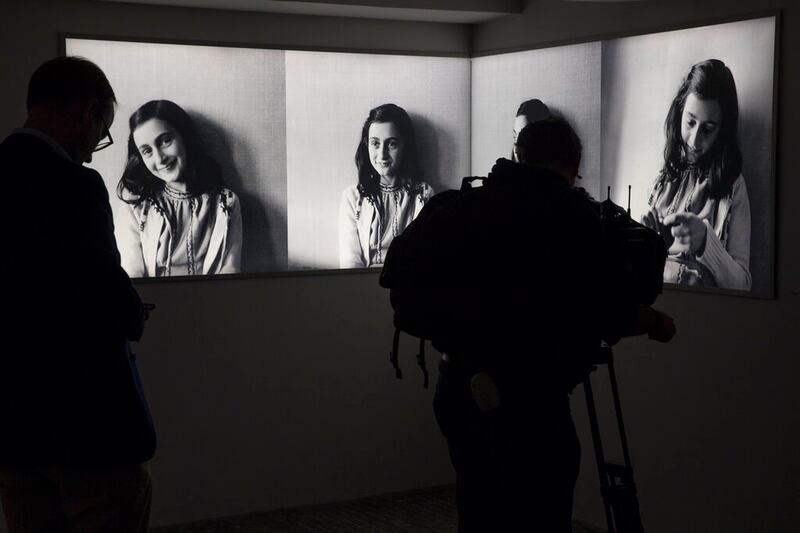We all know Anne Frank’s story but one mystery has always remained: Who betrayed the Frank family and led a search team to their secret annex hidden behind a bookcase?
This week on “60 Minutes,” Jon Wertheim reported on a new look into this old case by speaking to a retired FBI agent Vince Pankoke.
The agent had led a team of modern-crime investigators to crack the case. Per BBC, they used artificial intelligence to look through all the data and original documents and they also looked for clues manually at the secret annex in Amsterdam. They assessed “knowledge, motive and opportunity” that their suspects might possess.
Who are the suspects?
In a 2002 biography of Otto Frank, Anne Frank’s father, author Carol Ann Lee suggested the suspect might be Tonny Ahlers, a Dutch National Socialist, but Pankoke and his team ruled him out as a suspect.
“There was a lot of information that pointed to Tonny Ahlers as being a potential suspect,” Pankoke said. “However, after Otto Frank went into hiding, Tonny Ahlers was out doing other things in different parts of the city. It was clear that Tonny Ahlers had no knowledge that Otto Frank and the others were hiding in the annex.”
Per CBS, another book, “The Backyard of the Secret Annex” written by Gerard Kermer, indicated that Ans van Dijk was the one to betray the family. He was executed after the war for collaborating with the Nazis.
But Pankoke and his team eliminated her as a suspect. “Number one, that during the time period of the betrayal, she wasn’t in town,” Pankoke explained. “She was out of town working not close to Amsterdam. The second thing was there was nothing that actually tied her to information that would have led her to know that people were in the annex.”
Wilhelm van Maaren, a worker at the warehouse building where the family hid, was also scrutinized as a suspect, but Pankoke and the team found him innocent.
“On face value, you would think, OK, we found the guy,” Pankoke said. “But whenever you actually dig into all the evidence, you find out that he wasn’t antisemitic. And probably wasn’t capable of betrayal, because had he betrayed the annex, he knew that he would end up losing his job.”
The most believable suspect was Arnold van den Bergh, a prominent Jewish businessman in the city who lived a lavish life during the holocaust. Per BBC, he wasn’t deported and had lost his Jewish identity during the war.
There was also a note which Otto Frank received, naming van den Bergh as the betrayer, making him the prime suspect.
“When van den Bergh lost all his series of protections exempting him from having to go to the camps, he had to provide something valuable to the Nazis that he’s had contact with to let him and his wife at that time stay safe,” Pankoke told “60 Minutes.”
“Perhaps he just felt that if I bring this up again … it’ll only stoke the fires further,” he said.
“But we have to keep in mind that the fact that (van den Bergh) was Jewish just meant that he was placed into an untenable position by the Nazis to do something to save his life.”


